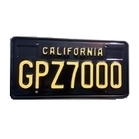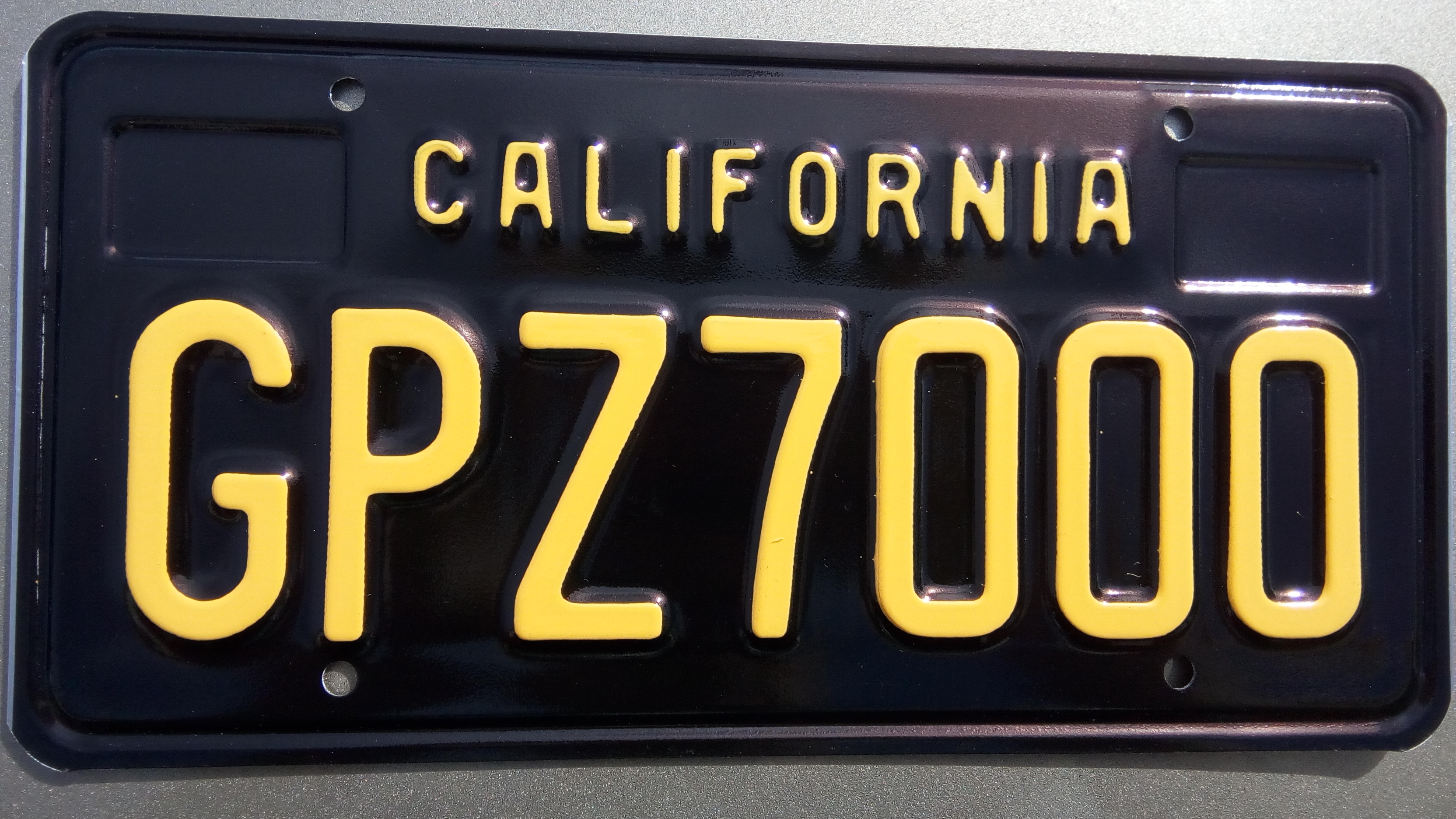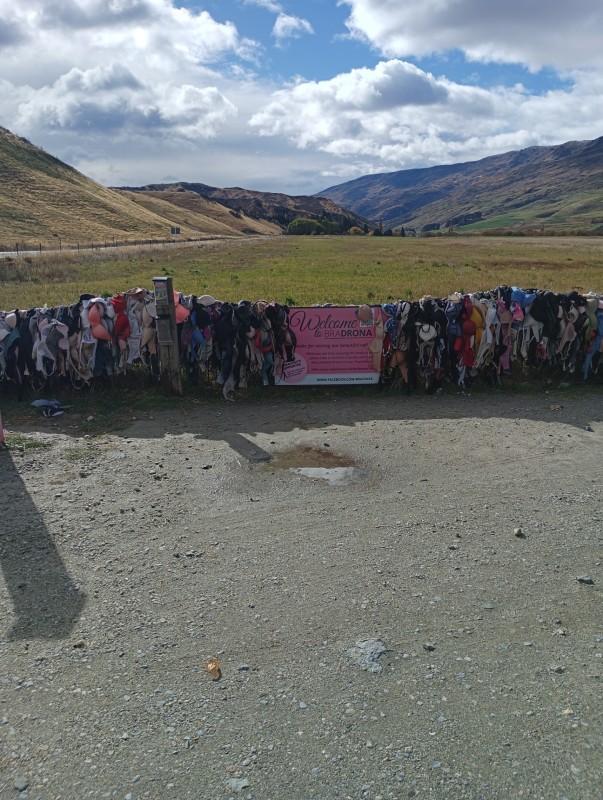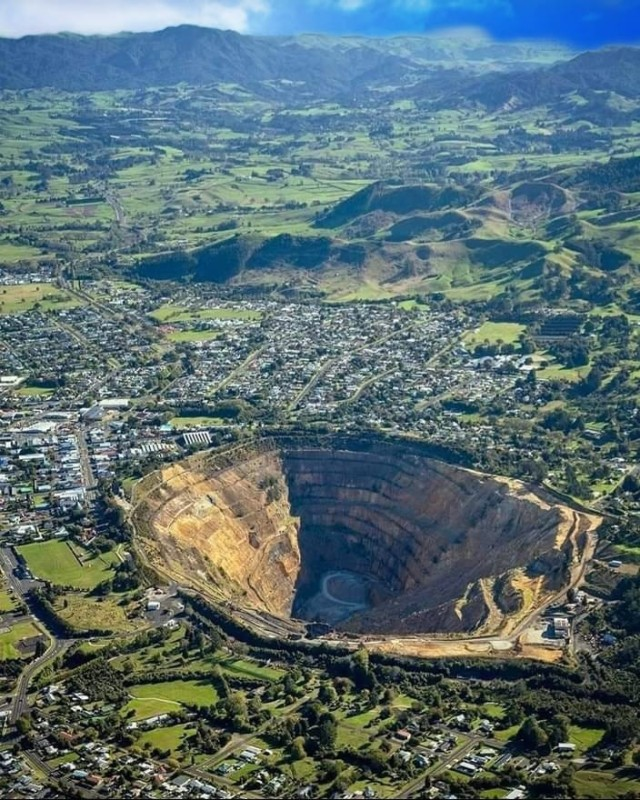-
Posts
5,354 -
Joined
-
Last visited
-
Days Won
34
Content Type
Forums
Detector Prospector Home
Detector Database
Downloads
Everything posted by mn90403
-
Simon is on his way to meet me for a bit of a gold hunt. That gives me a few minutes to search through my phone and post a couple of pictures. Searching through is time consuming but I'll start with a picture of Bradrona! This was in the middle of what Simon tells me is a large gold area really labeled Cardona. This was on the ride down the road from the lake at Wanaka. Somehow the hikers and others decided to leave a little (or large) piece of their clothing behind. There is gold and gold workings in them thar hills. This search for photo and posting has taken 15 minutes. One thing I need to say is my wife has better photos because it is hard to drive and take photos at the same time. Klunker said put together an album and I will when I get back. I'll check off a bunch of Google Photos and share it for any who care. Now it is time to get organized for Simon.
-
I don't have enough time and connections. 🙂
-

Patton Desert Warfare Training Camp Finds
mn90403 replied to AZSilver's topic in Metal Detecting For Coins & Relics
That is a good idea and I wish I had known about it earlier. I found some live ammo rounds and some other artifacts I would have dropped off. I've only been out to that one spot and found the buttons I posted and the one lapel pin. -
We spent a 'free' night in Tekapo looking across at the shops. We woke up in the morning to some friendly Mallard ducks. Then we have gone to another lake town, Wanaka where I am now. We'll be in Queenstown tomorrow!
-
Ah, it is a long day to get a Ferry at 8:45 and then drive to Christchurch. Add in a few road repairs and stops for play and it makes for a full day! We're here!
-
Wellington tonight and Christchurch tomorrow. There is a bit of rain hanging around here but a mostly clear moon at the moment. I need to start looking South!
-
Any comments will educate me about the area because I know nothing!
-
I was considering the size of the lake and thinking it formed long after an eruption. The 'hot zone' certainly stretches out over hundreds of miles. It was cool to see. I know there is a NZ billionaire who wants to harness the thermal and hydro power and send it by cable to Asia.
-
We are spending our first night at a hotel in Wellington. The satellite says no signal. It could be the sun that is causing the problem.
-
Look at when the lake was formed.
-
That was a 'minor' eruption but you made me look up when did the lake form and this is what I found: Lake Taupō is in a caldera created mainly by a supervolcanic eruption which occurred approximately 25,600 years ago. Lake Taupo is 234 square miles vs Lake Tahoe with 193 square miles.
-
Today I was at Agrodome and we have showed up at Lake Taupo. I stop late in the day after travelling and not any real time to do anything about uploading a picture. During the day we have been to a McDonald's for some free WiFi but this is the first time I've been at a Holiday Park with enough time to read my email and no time to look and add pictures. After I'm back I'll use this for a guide and add pictures and a bit more info.
-
Ah, I haven't read all of the thread but my thoughts are what was said earlier when the price increases were laid on at the beginning of the year. Raise the price so you can put it on sale! Must agree that Jeff's satisfaction with it and my soon use of Simon's may cause me to make an order before I return from this trip.
-
The caves were a good stop. Then we went to Rotorua and saw the hot springs and a bit of the town in a drizzle.
-
Hobbiton was amazing. Today we go to the Waitomo caves.
-
My last day of detecting before this trip I went out on the beach with my 800 and my coil ears broke off the 11 inch coil. I wondered if it was an omen. I'd say now I have my answer. Even tho it is just a 'coil' I'm ready to get a Manticore replacement.
-
We went to this area this afternoon! Wow! And it is in a gold region. It was shut down in 1952 but there is still active mining near. More on it later when there is time to put up pictures.
-
Simon has a wealth of answers as we all know. Thank you Simon.
-
So, there is this problem of charging my computer. The van needs to be plugged in to a camping spot for the 220 and my converter to work. I can charge my USB devices without a spot. My laptop needs a usb charger.
-
It took a few extra hours but we are all here! We'll do a bit more driving around Auckland today before going to an in-laws farm and then we begin heading South. Weather is quite nice in the high 60s and 70s. Kids are crazy with energy after a couple of airport days. McDonald's is a lifesaver for their internet. Simon, does KFC have free internet? More later.
-
Good old-fashioned service (if the employees have the time) of taking calls, creating repour and getting them to make an order. Free 'solutions' lead to sales. Now they can add a text question and response.
-
It is funny that Simon would put up the map he did over the eastern United States. When I started planning the trip I used a similar map and the place where it says Dunedin is very near where I grew up. I've driven up and down the Eastern United States a few times but only going to New York City once. I've been through the other parts of Alabama, Georgia and the Carolinas before I knew anything about gold. My wife's sister lives in the north near the big gold mine. I'll have to take a look at it and take a few pictures.
-
It is a training trip! I've had many trainers and I've learned from both of these guys online so I'll take advantage of some in person training now. 🙂
-
My wife has been there and she has other things in mind for this trip.
-
Tomorrow night the family and I will be going on a camper van trip to New Zealand. It's not a gold trip but I have accepted an invitation to hunt a couple of days in the Queenstown area. That will be in the second half of the trip. I'll be with Simon and JW for a few hours to experience some of the mild soils I've been hearing about for years. There is so much to do in New Zealand before I get to Queenstown and on the ferry return. Seventeen days don't seem like enough now. I was not aware that it is about a thousand miles from Auckland. When you add in a ferry, some hot springs, a worm cave here and there, the Hobbit village and a train ride it eats up all your time. Maybe I'll have to go back but for now my kids have a chance to miss a bit of school here so I'm going. If any of you have some 'don't miss spots' please let me know and we might be able to stop.






